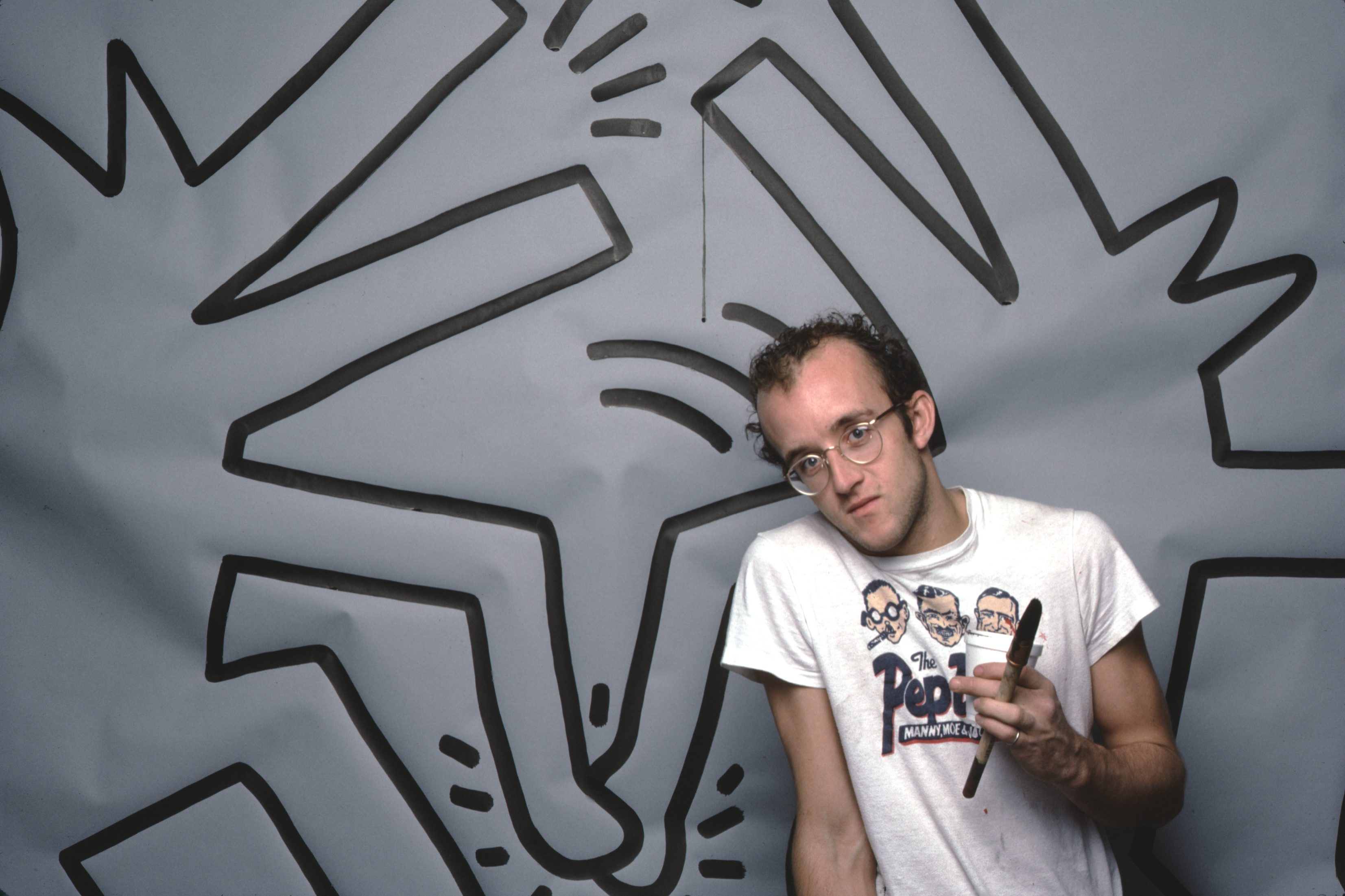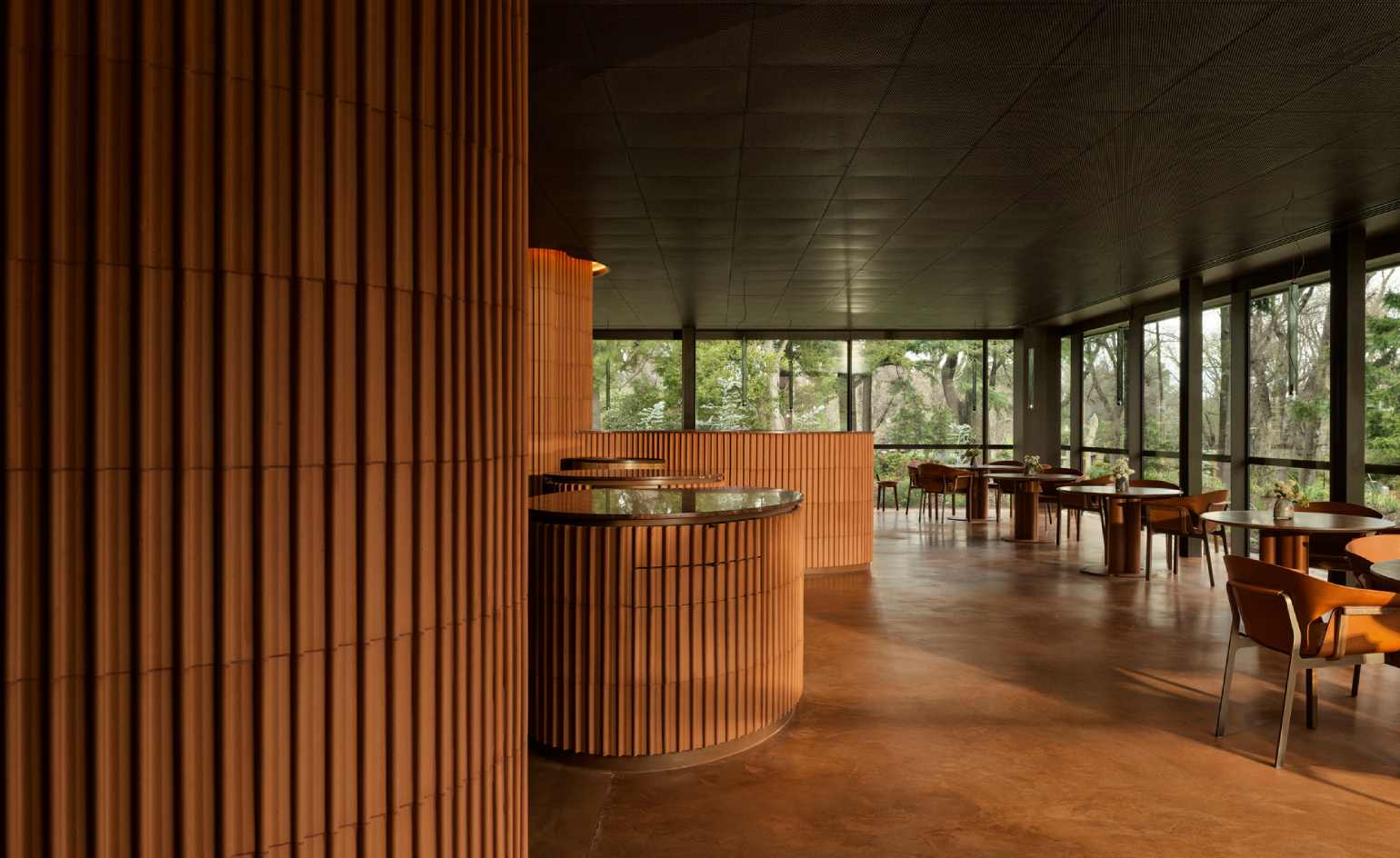By
Pete Collard
last updated
in Features

Keith Haring's bold visual identity brought visibility to the marginalised
By Finn Blythe Published

Tucked away in a central Melbourne park, wunderkind chef Hugh Allen’s first solo restaurant, Yiaga, takes diners on a journey of discovery
By Daven Wu Published

She’s created viral shoes for Loewe and Dior. Now, the Swiss designer is striking out with her own label, Christen
By Jack Moss Published